Learning & Teaching
Learning and Teaching encompasses the following areas: Student Outcomes, Curriculum, Assessment, Reporting, Principles and Pedagogy.

Learning & Teaching
Learning and Teaching encompasses the following areas: Student Outcomes, Curriculum, Assessment, Reporting, Principles and Pedagogy.
Our reporting focuses on communicating the learning and teaching at St. Fidelis Catholic Primary School so that students, teachers and parents can work together to improve student learning.
The Semester Two report will indicate your child’s progress in the 8 Learning Areas and capabilities of the Victorian Curriculum. The reports will show your child’s progress against the achievement standards.
Semester Two reporting will address the following earning Areas:
The Capabilities addressed this semester will be:
Teachers will use accurate and objective judgements of assessment and evidence gathered to help them report against the achievement standards defined for each curriculum area taught.
The Term 4 Curriculum Overviews will include the focus for each curriculum area. These are attached below.
Your child’s achievement will be displayed using a five-point scale and a dot indicating the year-level standard that your child has achieved. Your child’s report will be available online from Wednesday, 11th December.
More information about the reports will be available as the term progresses.
Have a wonderful week.
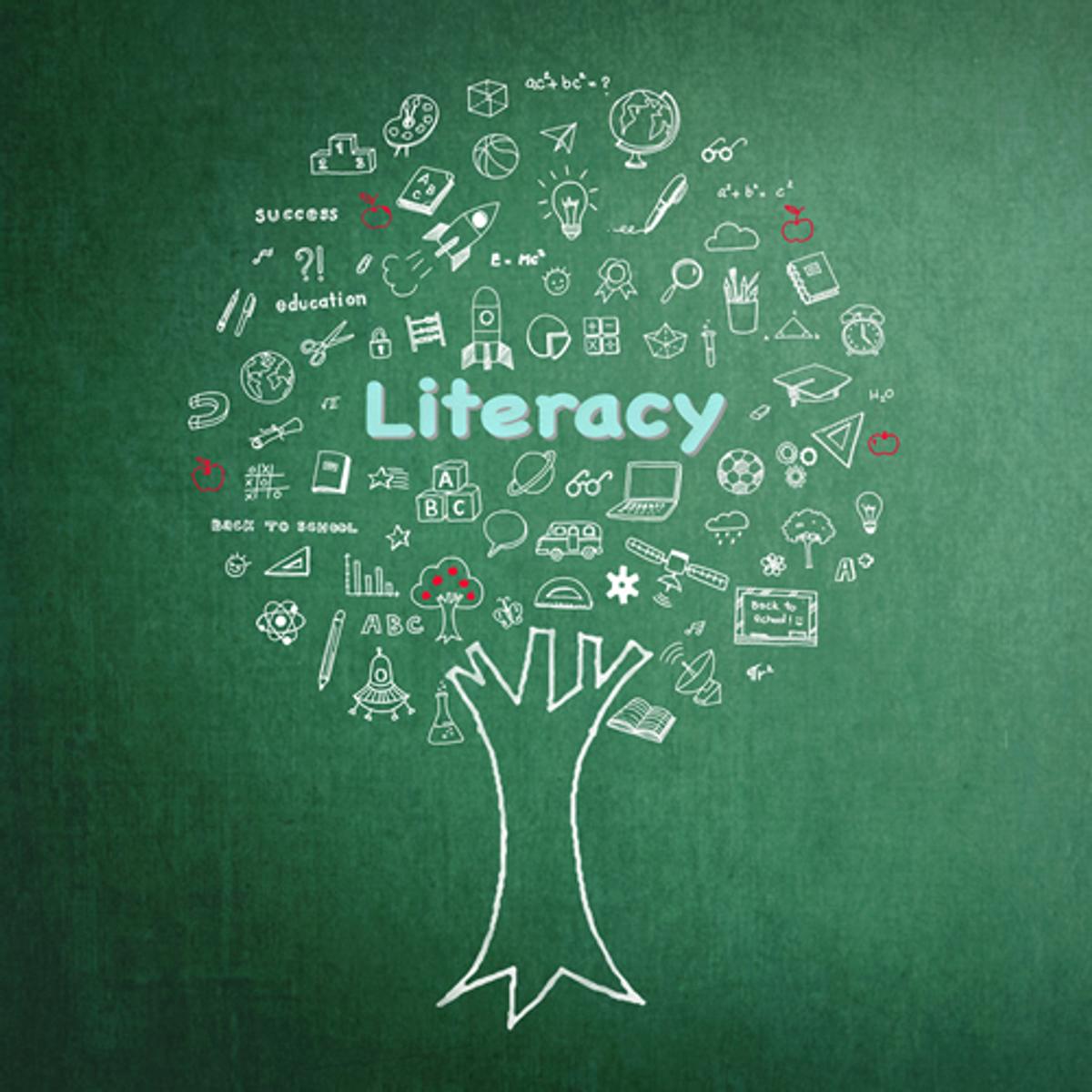

Writing is a dynamic process that includes several essential steps, from planning to publication. This framework not only guides students in their writing journey but also equips educators with strategies to support young writers effectively. The stages are: plan, draft (compose), revise, edit and proofread, and publish.
By following these steps, students can build and improve their writing skills to produce good quality pieces. Whether it is imaginative, informative, or persuasive texts this sequence is used during writing sessions to create published works of their own.
Writing rubrics (usually set out as a table of criteria and standards for the writing task) are devised by teachers to support them with consistent assessment of students’ writing. Rubrics set up expectations to help students know what teachers are looking for. Students are provided with the rubric prior to commencing their writing so that they understand the criteria, the necessary components and what they will be assessed on.
1. Plan
Students begin by brainstorming and organising their ideas. They develop a clear plan outlining what they want to write about. Teachers often provide students with a graphic organiser for them to record their ideas. Graphic organisers help students organise their thoughts and ideas pre-writing and provide a visual display for them to follow as they commence writing.
Next, students transform their plans into full sentences and paragraphs ensuring that their ideas are sequenced logically and include the necessary language features according to the genre or style of writing. They need to focus on maintaining meaning while using correct grammar, spelling, punctuation, including legible handwriting.
After completing their initial drafts, students revise their work to enhance its quality. They incorporate feedback from teachers and peers, considering what additions or deletions could strengthen their writing. They are encouraged to use resources such as dictionaries or word lists to check spelling.
4. Edit and Proofread
In this stage, students carefully review their writing for errors in spelling, punctuation, layout, grammar, and capitalisation. This attention to detail is important for polishing their final pieces.
Finally, students prepare their writing for an audience. They pay close attention to layout and style, deciding whether to present their work handwritten or typed.
Bernadette Parnis
bparnis@sfmoreland.catholic.edu.au
Unfortunately the Junior Games Day had to be rescheduled. We will run it this Thursday the 24th October
Please email me cmonaghan@sfmoreland.catholic.edu.au if you are able to assist for any part of the day. These days could not run without the support of our parents.
In the junior classes they have been learning to tell the time to the hour, half hour and quarter hours. We made clocks and used out bodies to show the time.
Can you work out what time each child is making ?
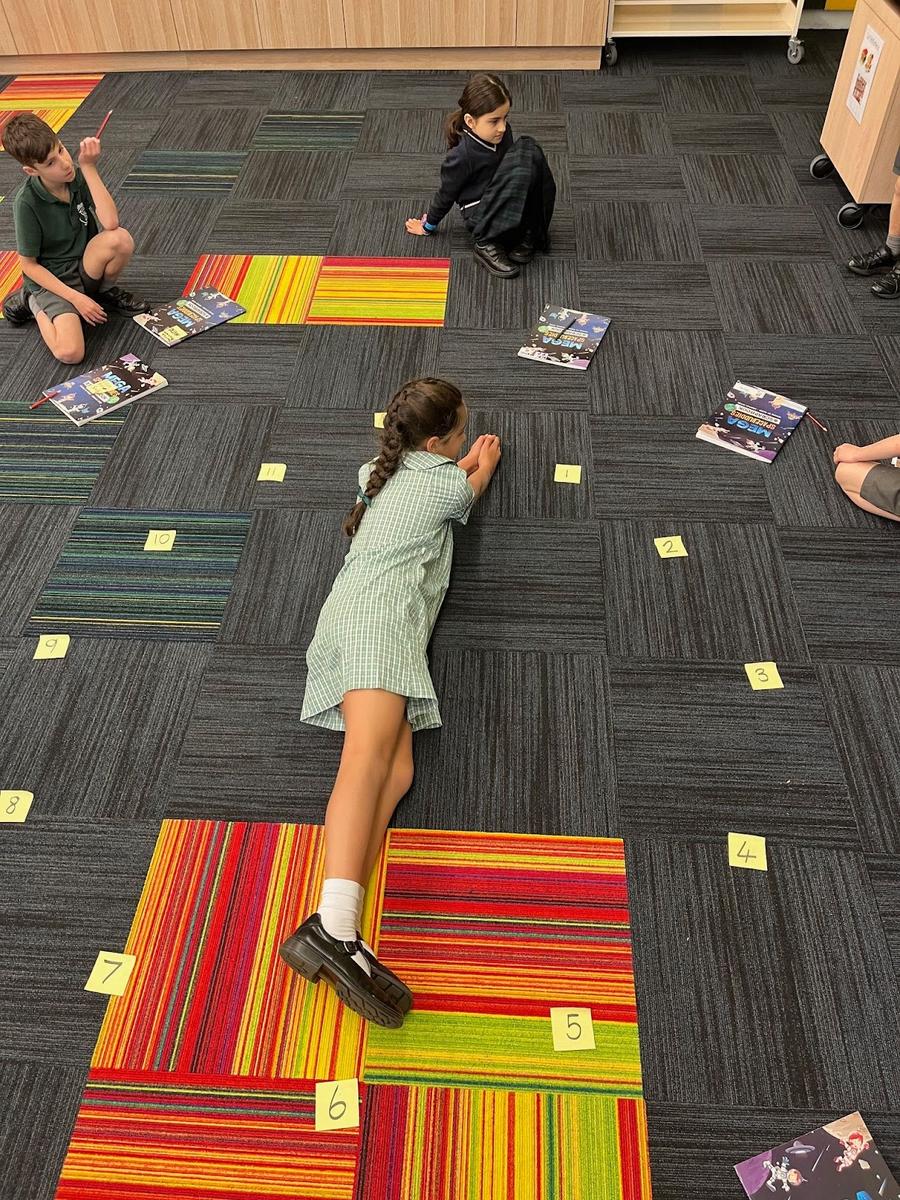
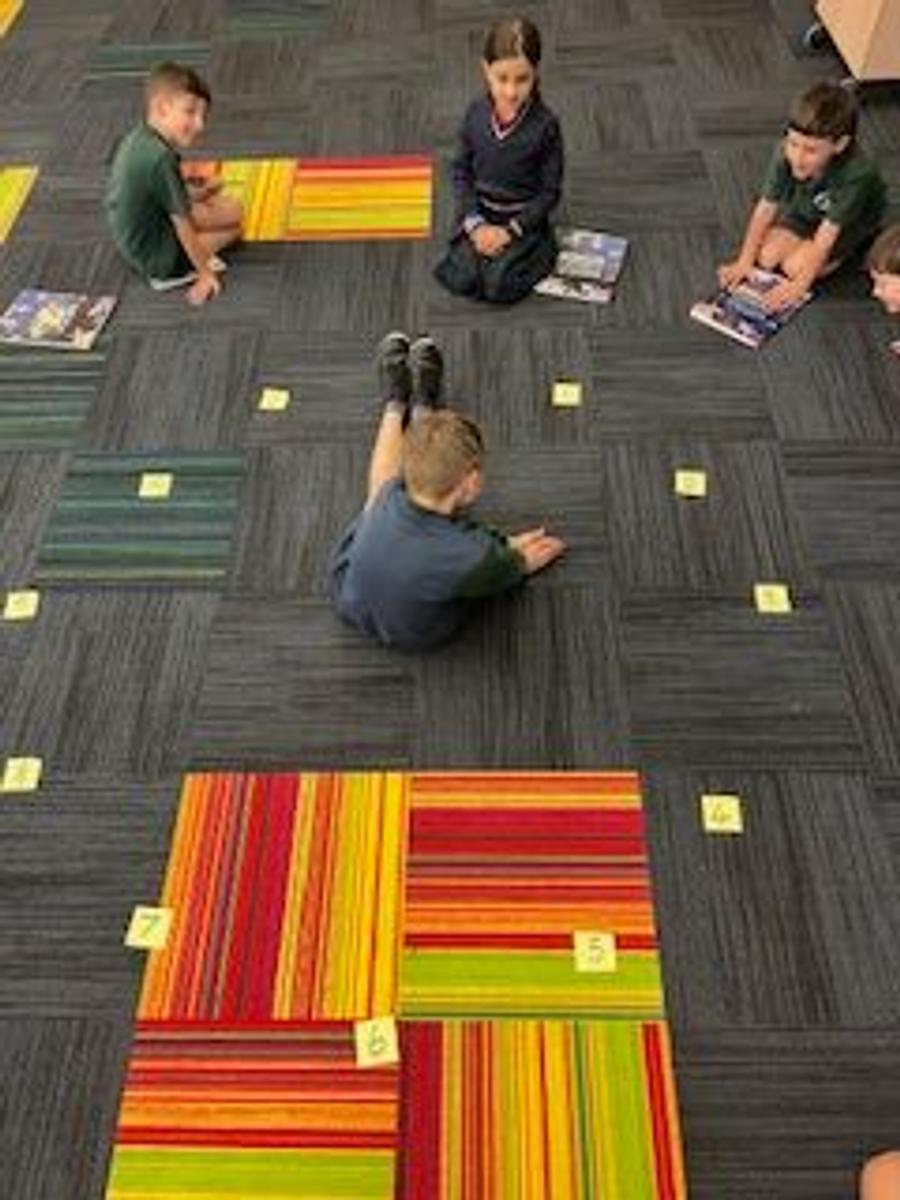
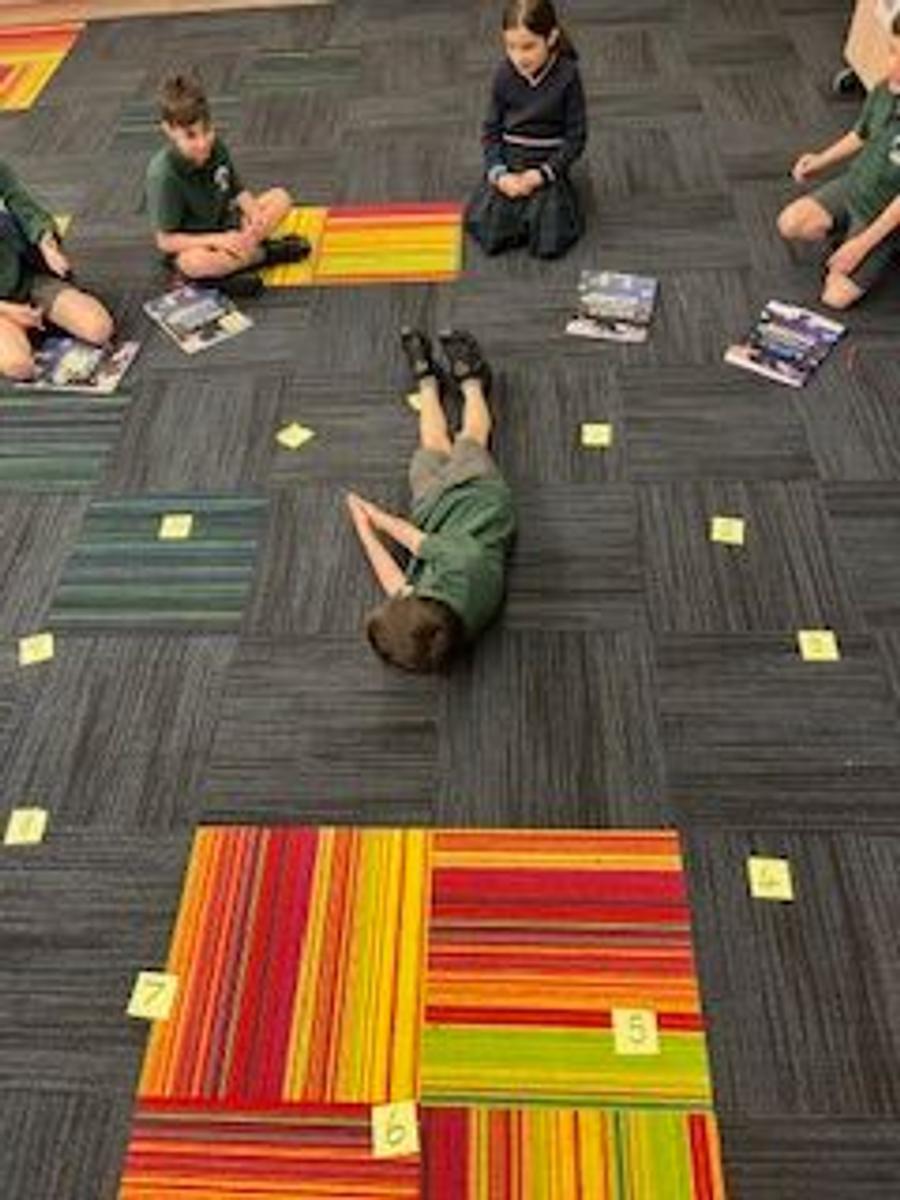
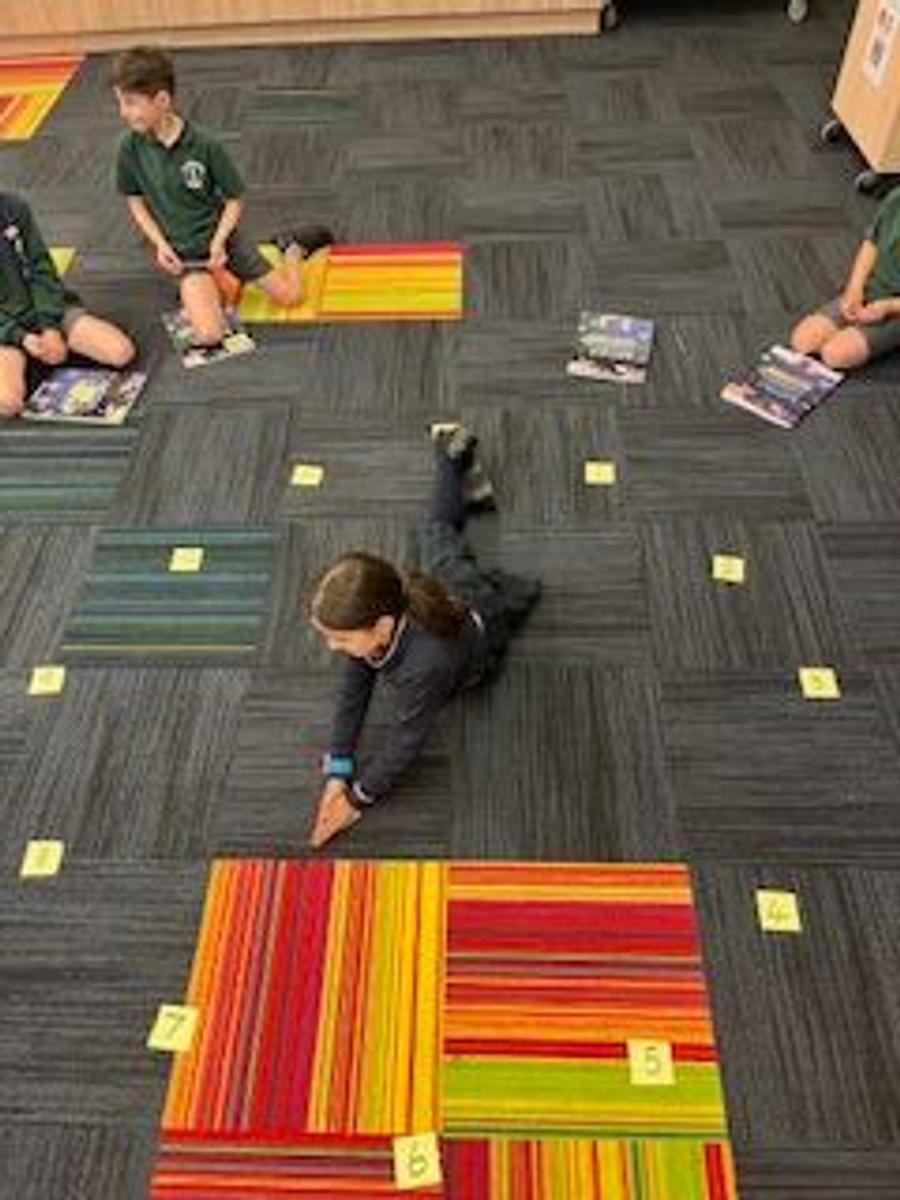
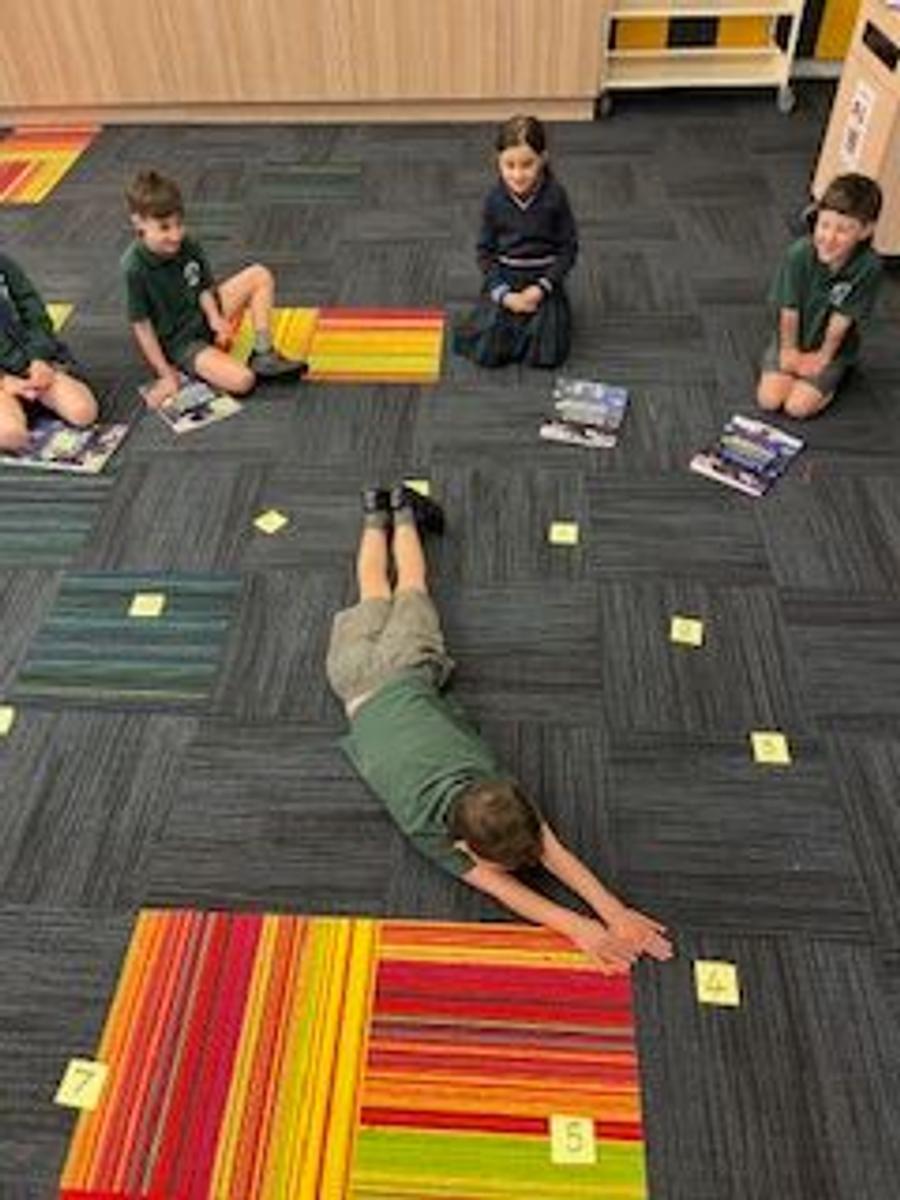
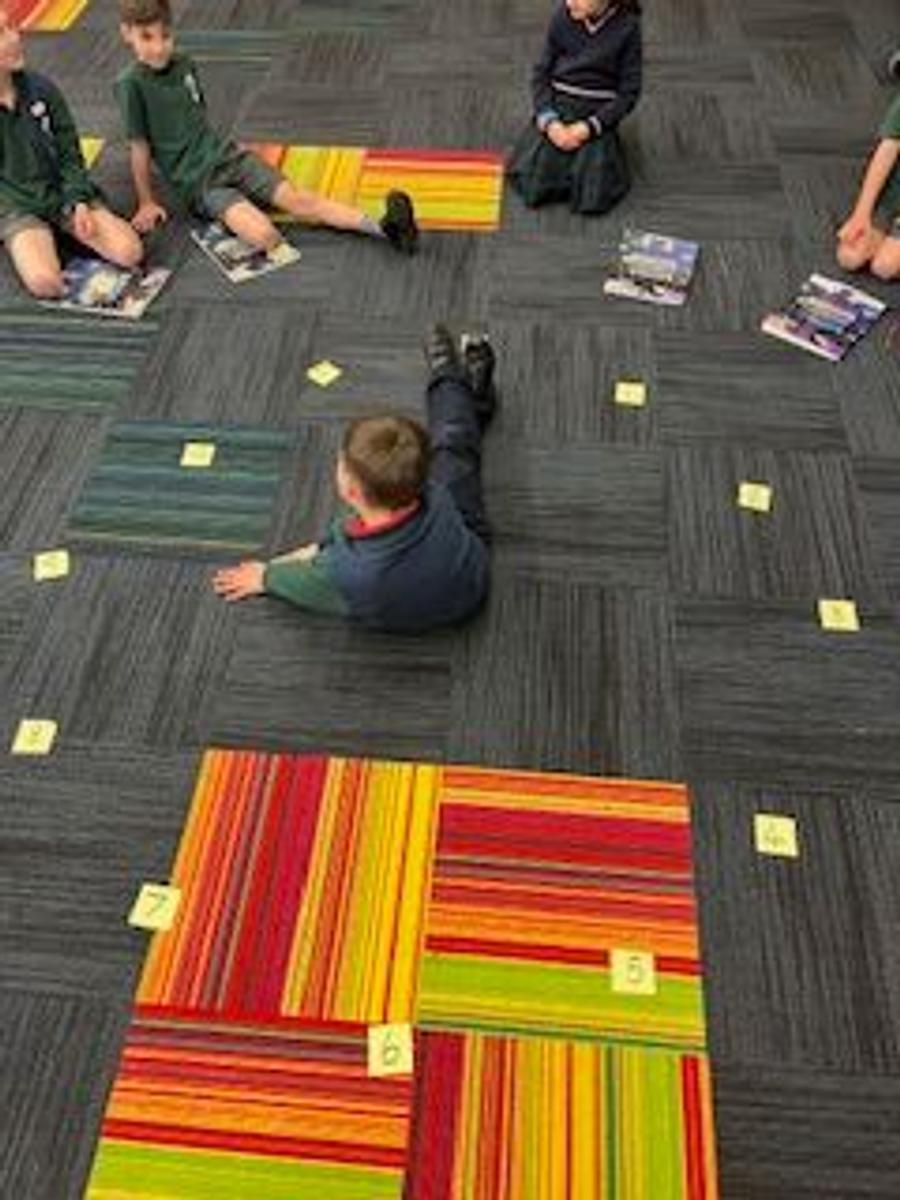


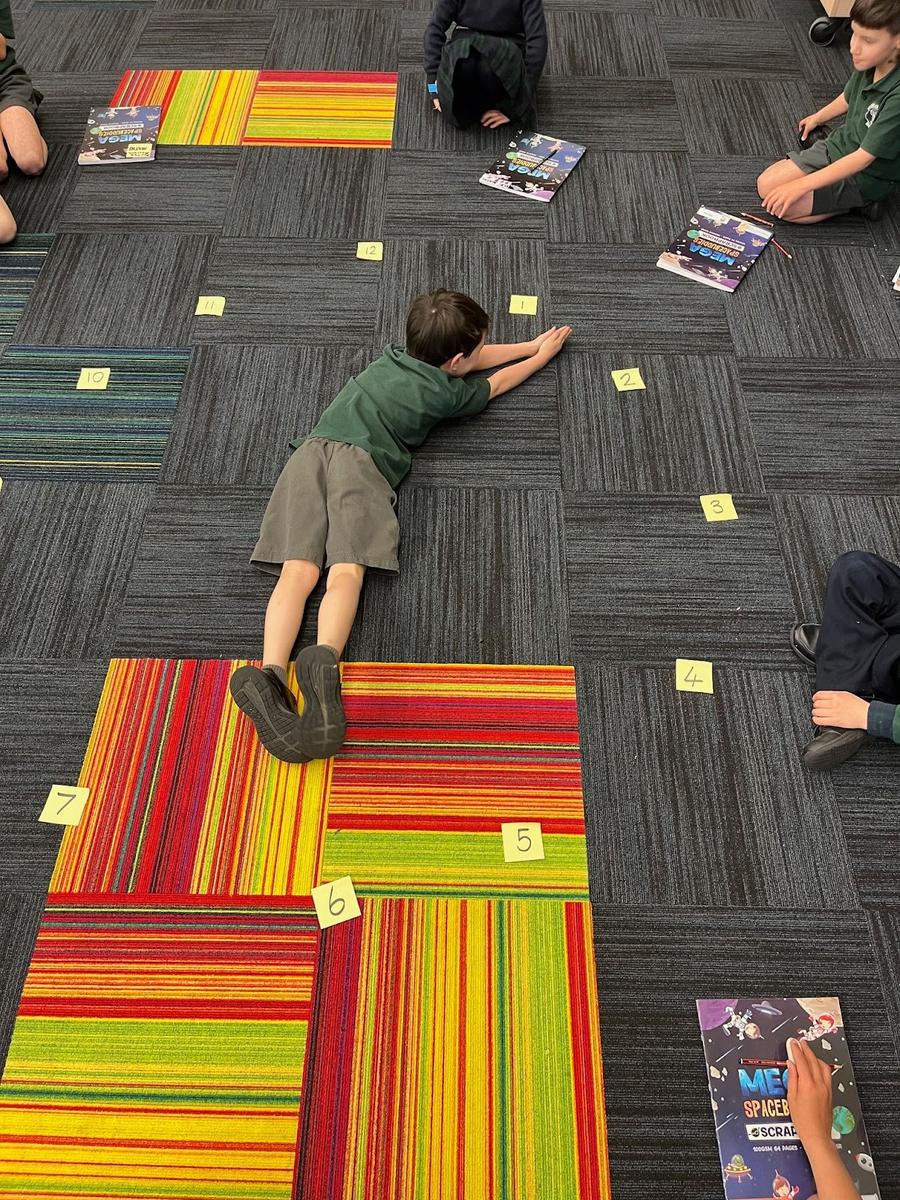











One way to teach children about reading analogue clocks is to use one handed clocks.
Focusing on where the hour hand is can assist students in using the language of past, to and half way. Once they can describe where the hour hand is using the correct language we can introduce the minute hand
Ideas for Teaching about Time and Reading Clocks
1. Begin with a one-handed clock (hour hand only). Move the hour hand and talk about what time it shows using approximate language: “It’s about 7 o’clock.” “It’s a little past 9 o’clock.” “It’s half-way between 2 o’clock and 3 o’clock.”
2. Talk about what happens to the big hand as the little hand moves from one hour to the next. When the big hand is pointing at the 12, the hour hand is pointing exactly to a number. If the hour hand is about halfway between two numbers, where is the minute hand? If the little hand is a bit before or after a number, where is the minute hand? (10 or 15 after or before)
3. Use two real clocks, one with only an hour hand and one with two hands. (Break off the minute hand from an old clock) Cover the two-handed clock. Periodically during the day direct attention to the one-handed clock. Discuss the time in approximate language. Have students predict where the minute hand should be. Uncover the other clock and check.
4. Teach time after the hour in five minute intervals. After step 3 has begun, count by fives going around the clock. Instead of predicting that the minute hand is pointing at the 4, say it is about 20 minutes after the hour. As skills develop, suggest that students always look first at the little or hour hand to learn approximately what time it is and then focus on the minute hand for precision.
5. Predict the reading on a digital clock when shown an analog clock, and vice versa; set an analog clock when shown a digital clock. This can be done with both one-handed and two-handed clocks.
From Van de Walle, J. A. (2004). Elementary and Middle School Mathematics: Teaching Developmentally. Boston: Pearson. Chapter 19, pages 341 – 2.
In Term 4, Year 3/4 students will be participating in cricket clinics. Dates still to be advised. Funding for these programs are provided through the Sporting Schools Funding Program.
REGIONAL ATHLETICS CHAMPIONSHIPS
The SSV Northern Metropolitan Region Athletics Championships were held on Wednesday 16 October at Meadowglen Athletics Track, Epping.
St Fidelis was represented by two students competing at this event:
Mia 11 Year Girls 100m & 200m
Zita 10 Year Girls 100m & shot put
Congratulations to the girls on their wonderful performances at this event. They should feel very proud of their efforts at this high level of competition. Also, thank you to the parents, who were able to transport the competitors and support the students in their endeavours.
St Fidelis Annual Sports Day will be held on Friday 22 November at the Coburg Athletics Track. The format is a little different this year with more of an athletics focus. The students will be participating in 5 events: 70m/100m sprints, baton relays, long jump, discus and tunnel ball. Students will participate in their Team colours. Links are provided for the following:
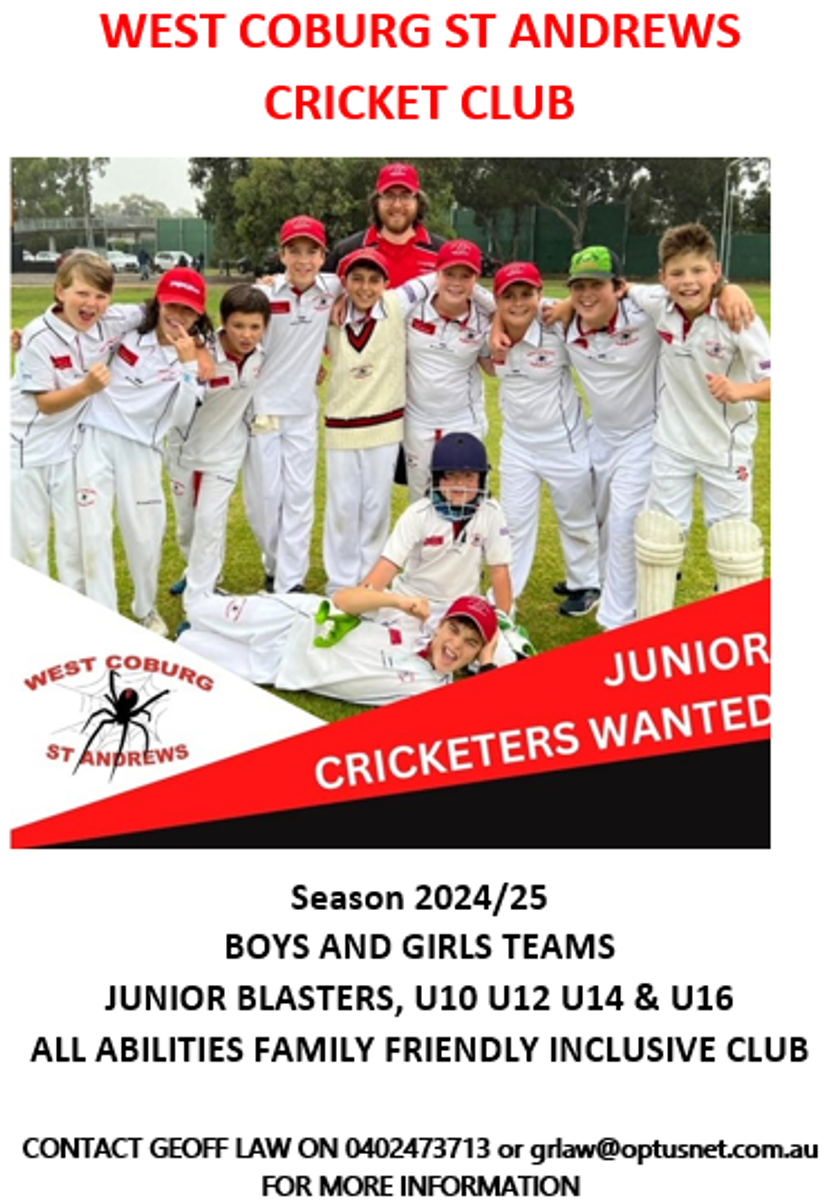

During Term 3, St Fidelis was represented by selected Year 4/5 students attending Manchester City Football Clinics at Parade College Bundoora.
This Term, St Fidelis has taken the opportunity to compete in the Parade College Manchester City Football Shield. This event will involve the students who attended the clinics. This event will be held on Wednesday 23 October. Students will depart at 9.00am and return to school at 3.00pm
Last Thursday, St Fidelis had the honor of hosting the First LEGO League Challenge – Coburg Regional Tournament for the very first time. This event brings together friendly competition, with students aged 9-16 engaging in research, problem-solving, coding, and engineering as they build and program LEGO robots to complete various missions in the robot game. It was a fun-filled day, and we were thrilled to have Ryan Evans from LEGO Masters as the MC, who added an extra layer of excitement to the event.
Seven teams competed, including three primary and four secondary teams. St Fidelis was proudly represented by two teams: the Year 6 “St Fidelis Robo League” and the Year 5 “St Fidelis Robo League 2.0.” It was inspiring to see both teams collaborating and supporting each other throughout the day, displaying exceptional sportsmanship and teamwork that even impressed the secondary school teachers.
Both teams performed exceptionally well. The Year 6 team, St Fidelis Robo League, finished third overall and earned the Core Values Award LEGO trophy. The Year 5 team, St Fidelis Robo League 2.0, finished seventh in the robot challenge ranking, but were the youngest squad in the tournament. They demonstrated remarkable sportsmanship and resilience, earning the Peer Award (Sportsmanship) LEGO trophy.
I would like to extend my heartfelt thanks to our wonderful parents and Miss Sargent, who volunteered their time and effort to make this event a success. The students had an unforgettable experience, and none of it would have been possible without your dedication and support. The entire St Fidelis community is incredibly grateful for everything you contributed.
Once again, thank you all for making this day so special. Below is a short video capturing the highlights of the First LEGO League Challenge – Coburg Regional Tournament.


Congratulations to the STEM MAD students for reaching the National Finals! They will be competing in Brisbane in November. This is a great achievement for our students and school who are representing St Fidelis and the Melbourne Archdiocese Catholic Schools (MACS).
I received this email during our break from Shelley Waldon: Science & STEM Lead Education Excellence from Melbourne Archdiocese Catholic Schools (MACS)
Dear Joe
We are very proud to announce that your winning STEM MAD group have qualified to participate in STEM MAD National. The Showcase event takes place in Brisbane on the 19th November, 2024.
The specific project that has qualified is: EaziPour
You have been selected because of the high scores from the judges and curators at MACS STEM MAD and our belief that you will be able to represent Melbourne Archdiocese Catholic Schools with excellence. It is anticipated that the group that created this project will be able to attend the Showcase and communicate with visitors, just as they did at MACS STEM MAD.
A big congratulation to the designers and creators of the prototype ‘The EaziPour’
Gemma Piotti
Alexander Hansen
Zara Azzopardi
Anthony Tonna
Here is their Video Pitch showcasing their prototype ‘The EaziPour’. We wish them all the best in the STEM MAD Nationals in Brisbane.